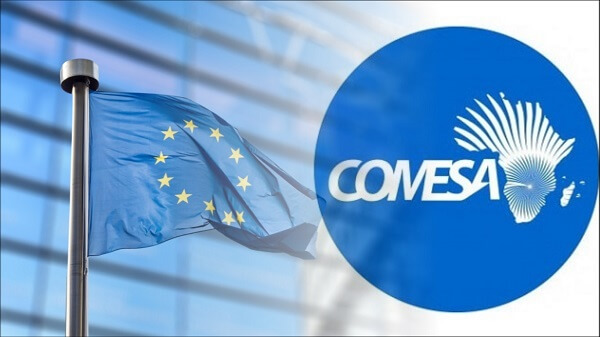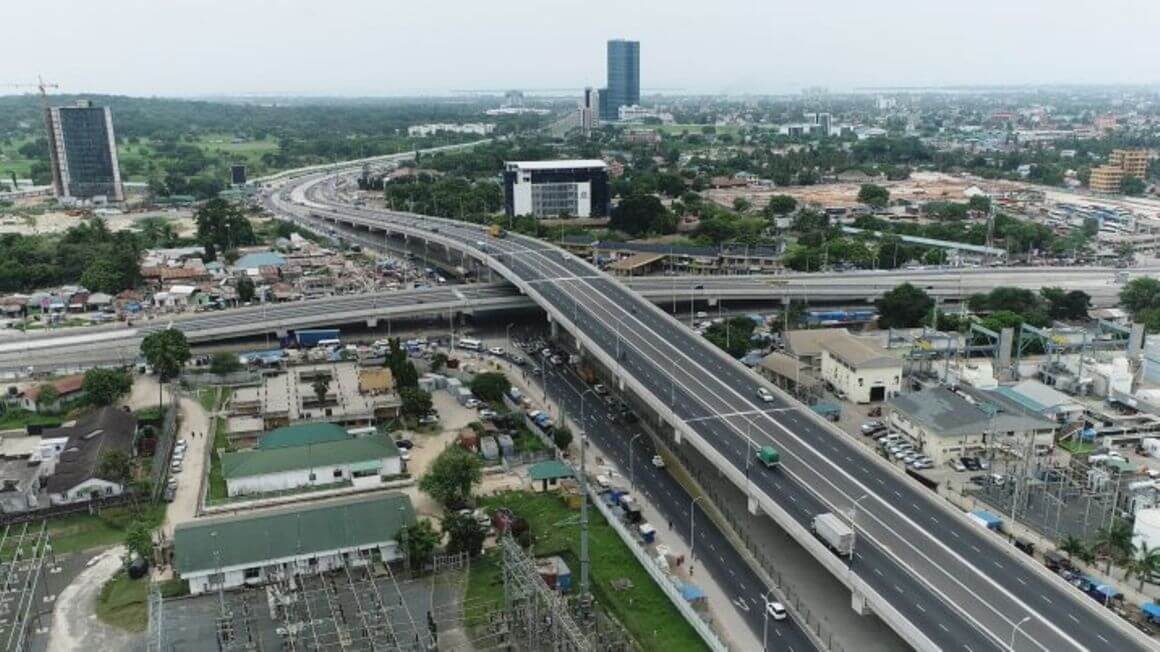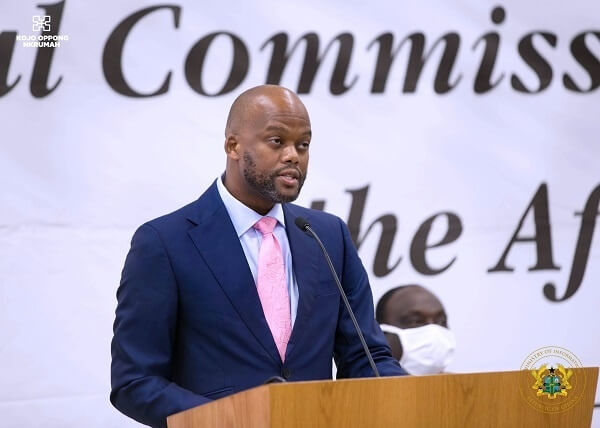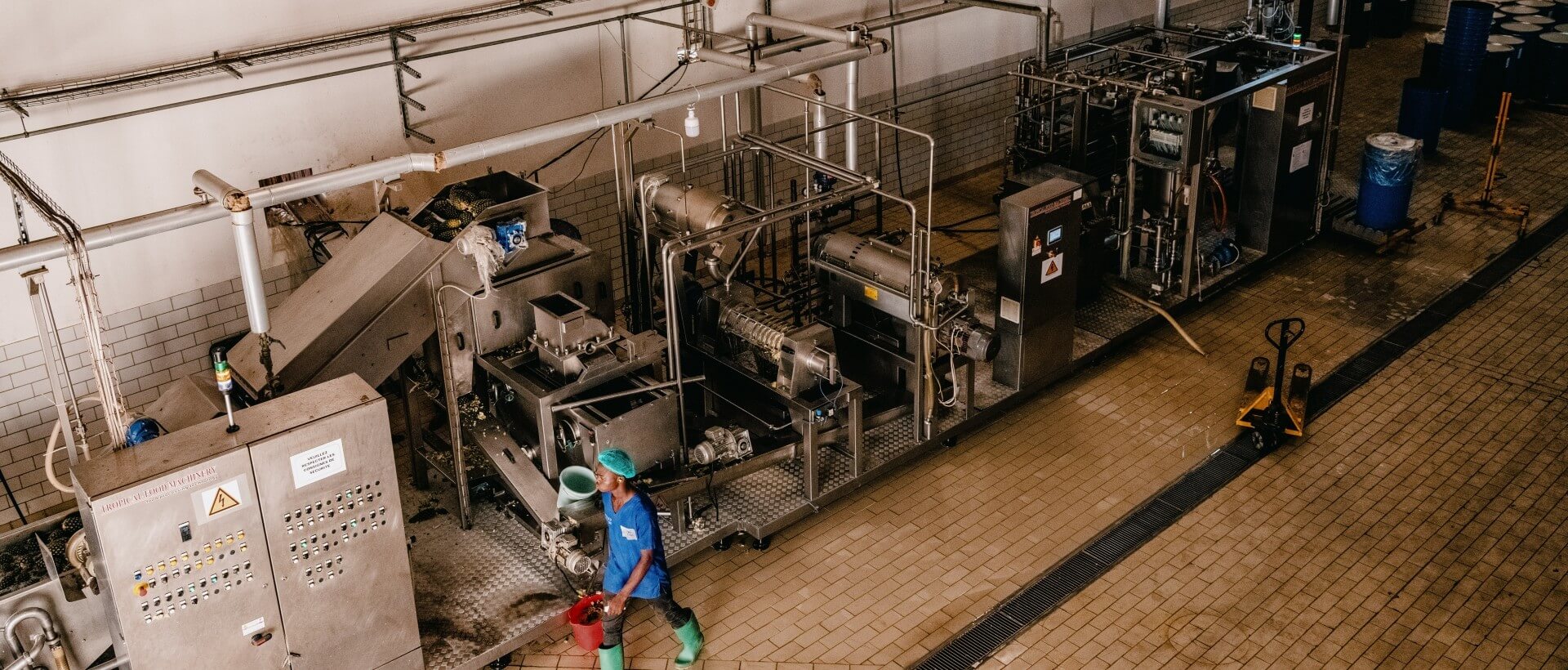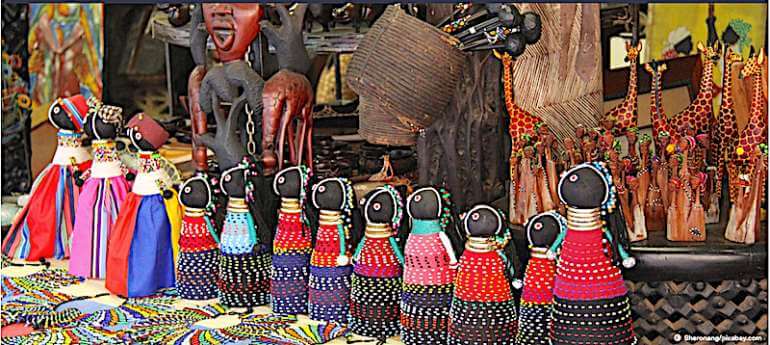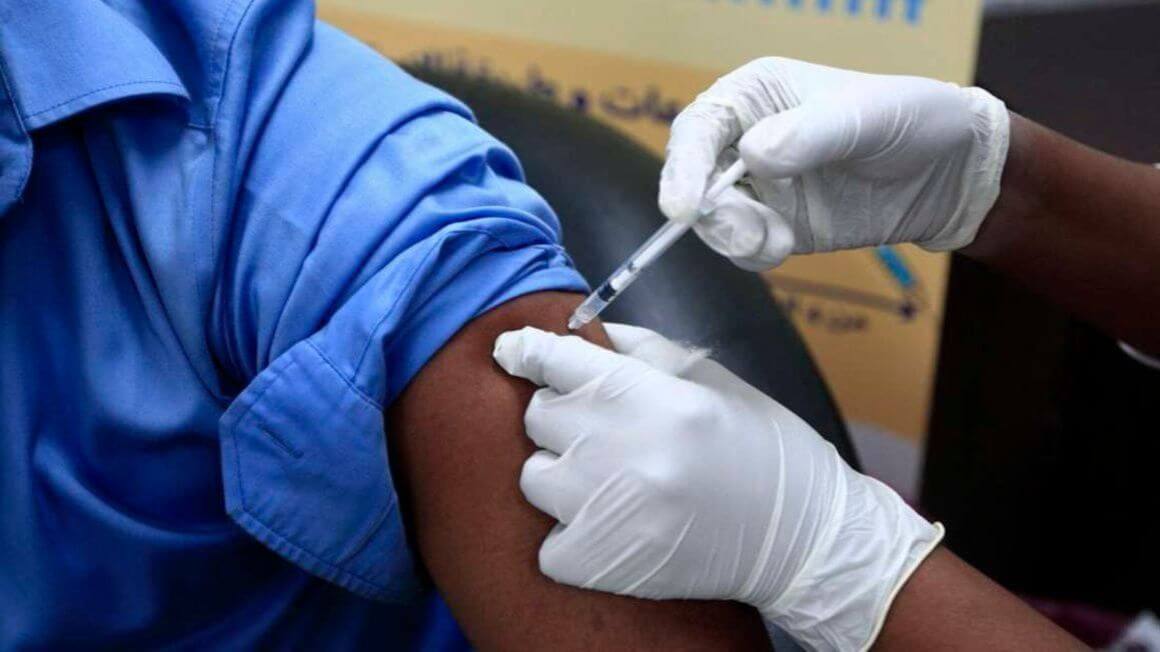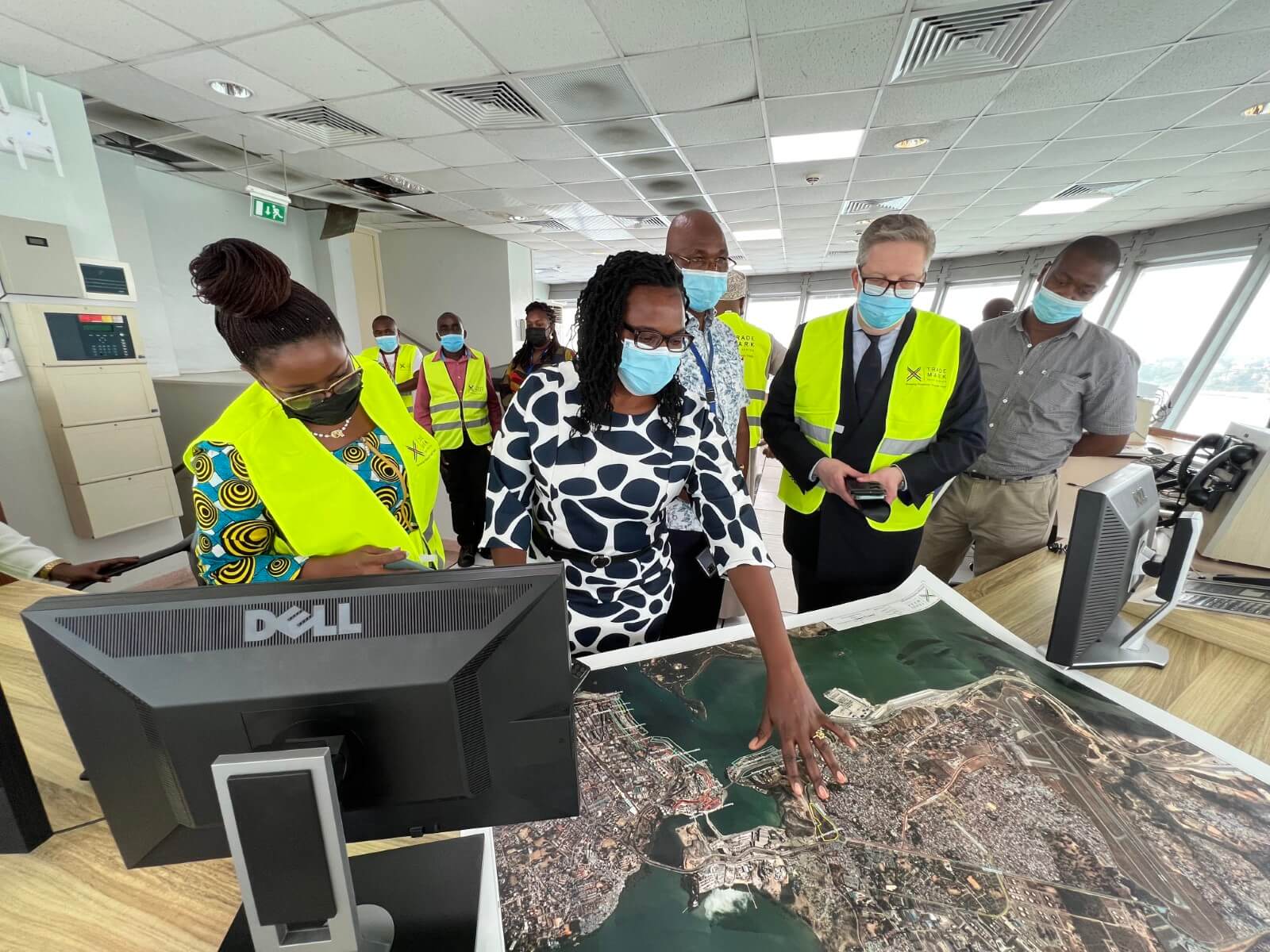MBABANE - Secretary General of COMESA Chileshe Mpundu Kapwepwe is said to have signed the Protocol on Relations between the African Union (AU) and the Regional Economic Communities (RECs). Eswatini is among the 21 member States of the Common Market for Eastern and Southern Africa (COMESA). According to a correspondence from COMESA, the Protocol is meant to consolidate relations with the continental mother body. Witnessed by the Chairperson of the African Union Commission Moussa Faki Mahamat and East African Community (EAC) Secretary General Dr. Peter Mutuku Mathuki, the signing ceremony took place on February 4 this year at the AU Headquarters in Addis Ababa. The Protocol aims to, among other things; formalise, consolidate and promote closer cooperation among the RECS and between them and the AU through coordination and harmonisation of their policies, measures, programmes and activities in all fields and sectors in line with the principle of subsidiarity and complementarity. Signed Other Regional Economic Communities that have already signed the Protocol include the Economic Community of Central African States (ECCAS), the Community of Sahel-Saharian States (CENSAD) and the Southern African Development Community (SADC). This Protocol entered into force on November 10 last year after being signed by the Chairperson of the Commission and three Chief Executives of three Regional Economic Communities. Kapwepwe was in Ethiopia attending the 40th Ordinary Session of the Executive Council and the 35th Ordinary Session of the Assembly of Heads of State and Government of the African Union. The Assembly of Heads of State and...
COMESA signs AU protocol
Posted on: February 21, 2022
Posted on: February 21, 2022

